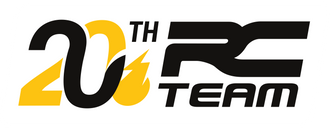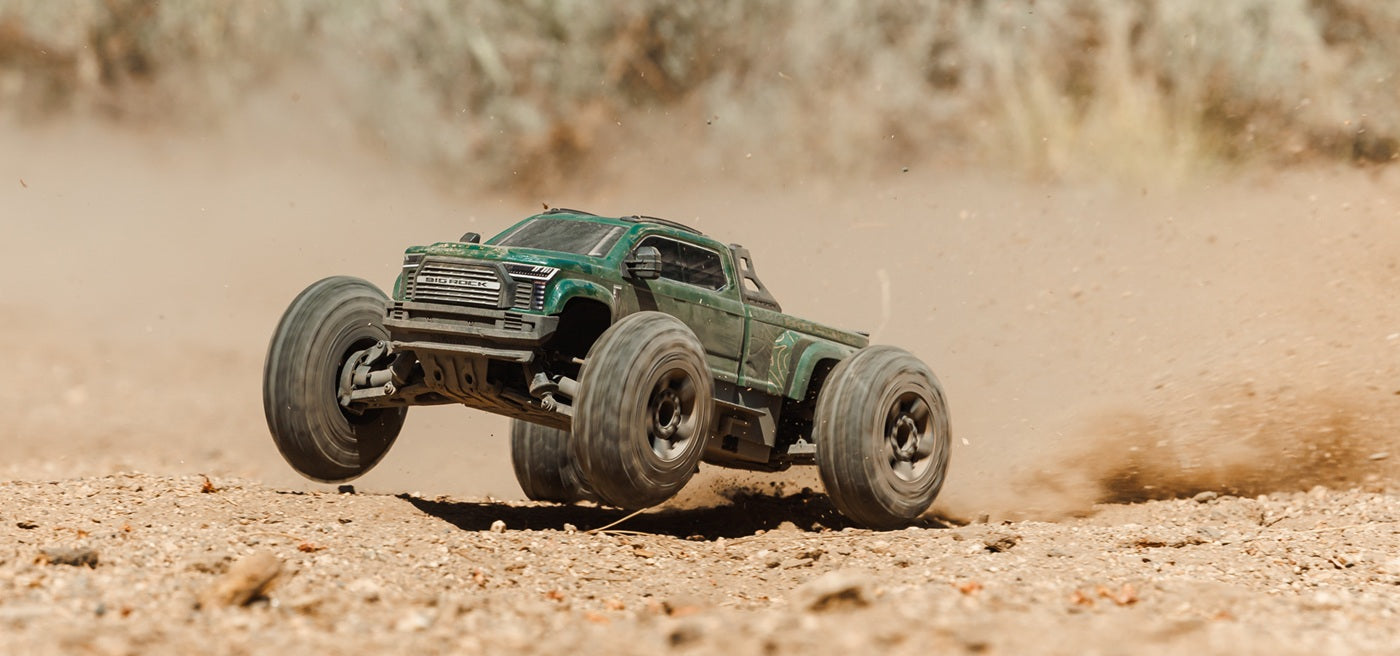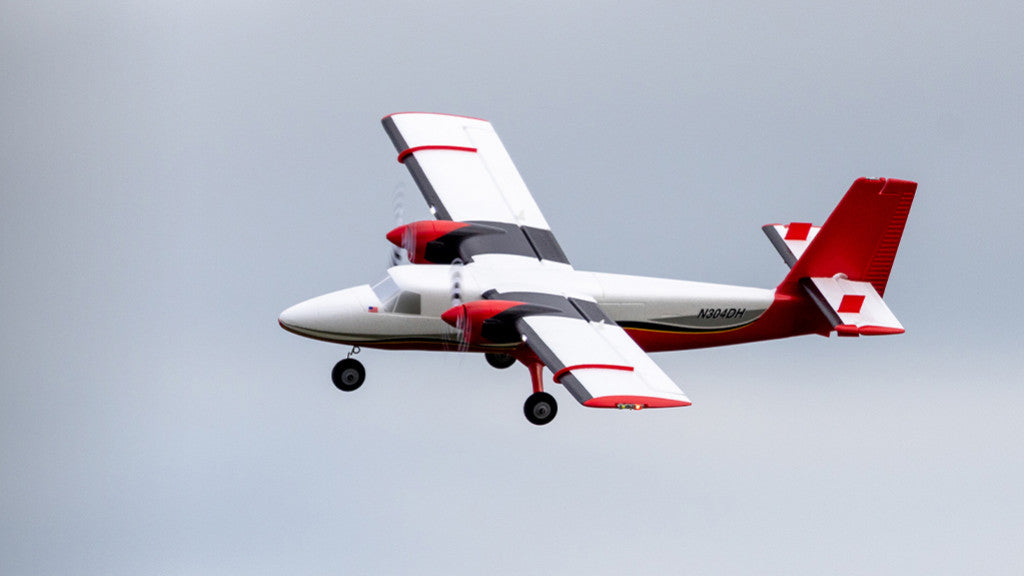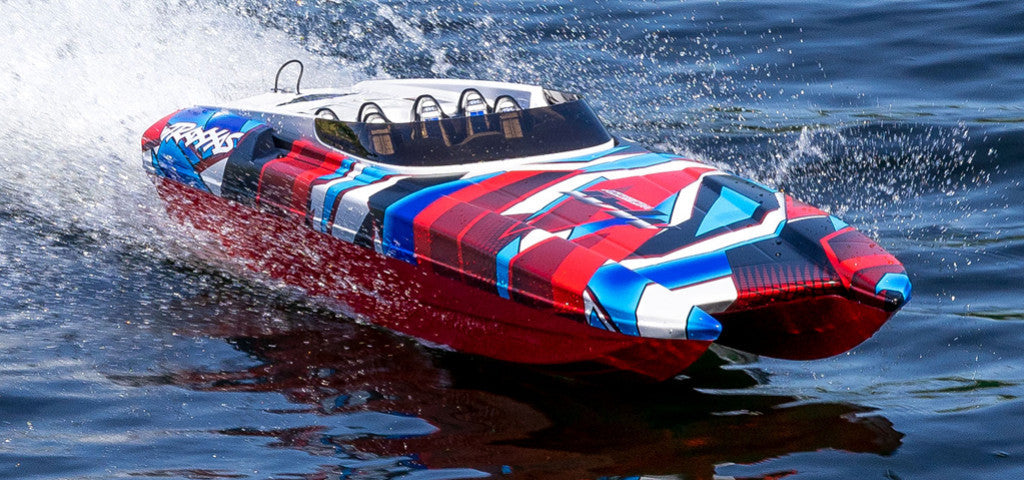One of the fun aspects of RC modeling is that it allows you to explore different environments at different scales. All RC cars can be considered miniature vehicles, but they are not all the same size. Radio-controlled vehicles are classified by scale, which refers to the size of the model in relation to its full-size counterpart.
Each miniature car is designed to offer the most realistic design and features possible. When you admire an RC Ford GT car, such as the Ford GT Heritage from HPI, you will notice that the manufacturer has created an exact replica of the official Ford GT Heritage car and has taken care of every little detail to make it as realistic as possible. RC cars are smaller in size, but the design, details, and features are almost the same as real cars. As a general rule, each manufacturer evaluates their size in relation to that of a real model, which is referred to as scale, with scale 1 being actual size.
The different scales of RC cars
When you are new to the world of RC, you may be impressed by the variety of RC vehicles available on the market, and you have probably noticed that there are many different size scales: 1/5, 1/6, 1/7, 1/8, 1/10, 1/12, 1/14, 1/16, 1/18, 1/24, 1/28, 1/32, 1/43, 1/64. The scale of a radio-controlled car is the size of the model in relation to the real car or full-size version in your garage or parking lot.
The manufacturer always mentions the scale of the RC car to inform the buyer of its size. The idea behind scales is to form a mental image of the size of the RC car. For example, the official Ford GT Heritage HPI mentioned in the previous paragraph is manufactured on a scale of 1/10, which means it is 10 times smaller than the original model. A car on a scale of 1/12 will be 12 times smaller, etc.

Why use a scale?
RC scales refer to the size of the car model. The 1/10 scale is the most popular and the 1/5 scale is the largest. The higher the number, the smaller the model, and conversely, the lower the number, the larger the model. For example, 1/10 scale cars are 10 times smaller than full size, and their bodies offer enough space for details such as mirrors, windshield wipers, and other accessories. Thus, the most accurate replicas tend to be larger, but this is not always the case, and some very small models are ultra-detailed.
It should be noted that RC car scales also apply to RC bodies, but even if the scale is the same, the wheelbase of the chassis may vary, and it is important to check the compatibility of the body with your radio-controlled car model.
What size based on the scale?
In general, the size The size of an RC car is based on its scale, but depending on the model, manufacturer, and type of car, sizes may vary within the same scale. As a guide, here is a guide to the average size of cars for each scale:
- A 1/64 scale RC car measures between 5 and 8 cm.
- A 1/43 scale RC car measures between 6 and 13 cm.
- A 1/24 scale RC car measures between 13 and 20 cm.
- A 1/16 scale RC car measures between 30 and 36 cm.
- A 1/12 scale RC car measures between 38 and 43 cm.
- A 1/10 scale RC car measures between 48 and 53 cm.
The dimensions of RC cars listed above, based on their scale, are approximate measurements. Some RC car models may not meet the above size criteria. Therefore, we recommend that you check the dimensions of the car before placing your order.
Size difference between RC vehicles of the same scale
The size of an RC vehicle also depends on the type of vehicle. When the type of vehicle is different, the size of two RC vehicles will be different even if the scale is the same. Here are some examples of size differences between different cars Traxxas at a scale of 1/10:
- The dimensions of the short-course Traxxas Slash: 568 x 296 x 214 mm
- Dimensions of the monster truck Traxxas Maxx: 549 x 367 x 232 mm
- Stadium dimensions truck Traxxas Rustler: 445 x 311 x 178 mm
- Dimensions of the buggy Traxxas Bandit: 413 x 250 x 178 mm
- The dimensions of the car are On-road Traxxas Chevrolet Corvette Stingray: 492 x 204 x 120 mm




